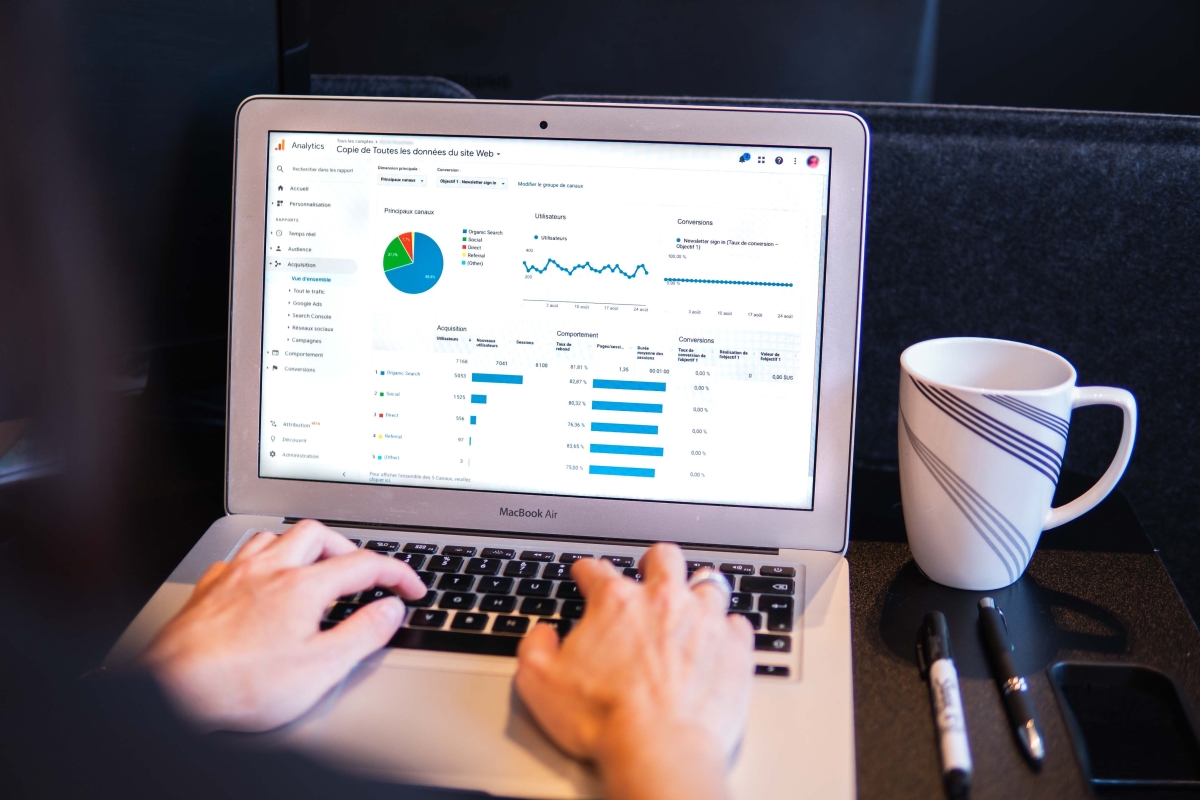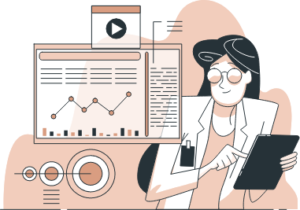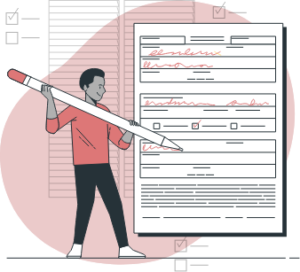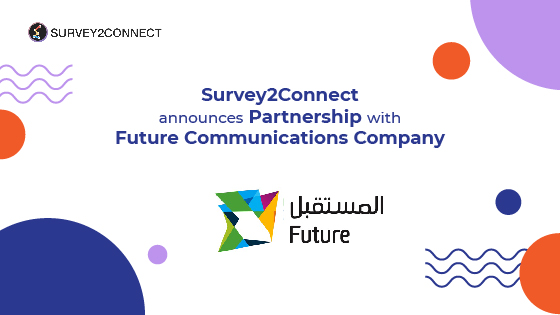Predictive Analysis The Need Of The Hour
 Consumers have more choice now more than ever before. They are no longer confined to whatever their local store has in stock, they can order what they want when they want. This has resulted in fierce competition among vendors, retailers and service providers etc.
Consumers have more choice now more than ever before. They are no longer confined to whatever their local store has in stock, they can order what they want when they want. This has resulted in fierce competition among vendors, retailers and service providers etc.
Staying a step ahead of consumer trends and desires is the only way to remain competitive. Predictive analysis allows for this, assisting marketers in understanding consumer behaviours and trends, predicting future changes, and planning their campaigns/actions accordingly.
Predictive analytics is conducted by leveraging AI and machine learning to combine the insights generated through various datasets, algorithms and models to predict future behaviour, risks and opportunities. Data-backed customer insight is a much more useful approach to enhance marketing efforts at every stage of the funnel, and one of the most effective tactics is using predictive analytics.
- By the end of 2020, it’s estimated that 1.7 MB of data will be created every second for every person on earth
- The global predictive analytics market size is expected to be valued at $23.9 billion by 2025, registering a CAGR of 23.2%, according to a study conducted by Grand View Research.
For example, Netflix uses predictive analytics to help determine which proposed programs they will produce for their “Netflix Original Programming” roster. The decision to produce the popular series “House of Cards,” for example, was decided after an analysis of the star, the director and the British version of the show.
Why You Need Predictive Analysis
When marketing departments utilize predictive analytics, they are better at identifying potential customers. Once customers are identified and successfully closed, a cornucopia of other products can be marketed to them based on their buying patterns.
Again, in concert with big data, predictive analytics can indicate which products to cross-sell to which consumers. For example, if a man purchases an Armani suit for $4,000, he would be a better target for a BMW than a Honda Civic. Even intra-product cross-selling and upselling are offshoots of successful predictive analytics efforts.
Since the COVID-19 outbreak, consumer behaviour has started shifting rapidly and significantly, altering normal patterns. This mostly impacts business forecasts, such as trends or KPIs forecasts that depend on volatile market conditions.
Predictive analytics and these algorithms at work are not only enhancing the cost-effectiveness of business decisions but also increasing model sustainability by analyzing massive amounts of data. Everything from stock moves, customer behaviour, and algorithmic trading are being handled by data scientists.
Even though several factors and government regulations (that change on a weekly, if not daily cadence) are contributing to economic shifts, data scientists have adapted to this new reality by creating multiple scenarios they run with at the same time. If we look at what government institutions did, they have forecasted three different economic scenarios (mild, moderate, and severe), and designed specific action plans for each.
These models might be changing at a fast rate, with the datasets constantly being updated, but the statistical models offer businesses the chance to adapt to different scenarios and different outcomes.
Predictive Analytics Models
Models are the foundation of predictive analytics — the templates that allow users to turn past and current data into actionable insights, which in turn help in creating positive long-term results. Some typical types of predictive models include:
- Customer Lifetime Value Model: Pinpoint customers who are most likely to invest more in products and services.
- Customer Segmentation Model: Group customers based on similar characteristics and purchasing behaviours
- Predictive Maintenance Model: Forecast the chances of essential equipment breaking down
- Quality Assurance Model: Spot and prevent defects to avoid disappointments and extra costs when providing products or services to customers
Use of Predictive Analysis-
- Understand Consumer Behavior
The insights give marketers an understanding of consumer interests based on past interactions. Marketers can segment audiences based on known interests and demographic information. This better equips marketers to serve individuals targeted messaging at the right time on the right device. Ultimately this helps break through constant ad noise — improving consumer experience and brand loyalty.
- Optimize Resources and Spend
Marketers can determine where to focus ad spend based on the value the customer presents. Predictive data identifies the advertising channels and times that warrant increased marketing spend and resources as well as where to reduce investments.
- Qualify and Prioritize Leads
Predictive analytics also allows marketers to qualify and prioritize leads. Insight into consumer behaviour allows marketers to identify ideal audience segments that are closer to conversion. These analytics demonstrates how likely a consumer is to act, allowing marketing teams to devote more attention to those consumers and minimize wasted ad dollars.
- Retain Customers
Finally, predictive analytics assist in customer retention efforts as marketers can better understand consumers’ needs. This helps with product and service offerings that complement consumer purchase history and interests and also sheds light on cross-sell and upsell opportunities that are not worth exploring.
Predictive analysis in healthcare
Healthcare organizations have become some of the most interested organization in predictive analytics for a very simple reason: The technology is helping them save money.
Healthcare organizations use predictive analytics in multiple ways, including intelligently allocating facility resources based on past trends, optimizing staff schedules, identifying patients at risk for costly near-term readmission and adding intelligence to pharmaceutical and supply acquisition and management.
A 2017 Society of Actuaries report on healthcare industry trends in predictive analytics, discovered that over half of healthcare executives (57 per cent) at organizations already using predictive analytics believe that the technology will allow them to save 15 per cent or more of their total budget over the next five years. An additional 26 per cent predicted savings of 25 per cent or more.
The study also revealed that most healthcare executives (89 per cent) belong to organizations that are either now using predictive analytics or planning to do so within the next five years. An impressive 93 per cent of healthcare executives stated that predictive analytics is important to their business’ future.
Finance & Banking
- Leveraging predictive analytics and machine learning to investigate, assess, and then address financial risks.
Transportation
- Transitioning from a reactive business model to a proactive one, anticipating trends, optimizing delivery routes, and resource allocations. Anticipating the dynamics of goods shipped and the demand for specific goods based on historical seasonal patterns.
Retail
- Leveraging data science and predictive analytics solutions to uncover hidden revenue opportunities through factors such as location, competitive prices, income availability, consumer purchase patterns, etc.
Similar Blogs
Read more about Experience Management and Market Research





















